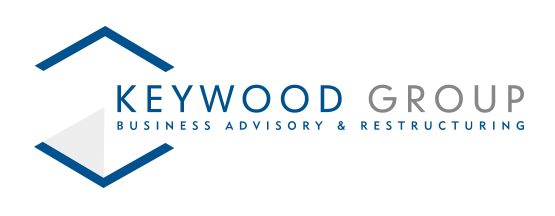Company Dissolution v Company Liquidation
There are two ways of closing a limited company, which is no longer viable and must cease trading. These are dissolution (also known as striking-off) and voluntary liquidation. The purpose of this article is to help you understand the key differences between the two processes.
One of the main considerations when deciding whether to dissolve or liquidate your company is whether it is solvent or insolvent. There are factors which must be taken into account when closing down a company. So, what are the key differences between these two procedures, and how do you know whether to choose liquidation or dissolution?
Dissolution
Dissolution is not a formal insolvency process. It is only an appropriate course of action in certain circumstances, for example if the company is dormant, or perhaps the directors wish to retire and therefore the company has reached the end of its useful life.
Dissolution should never be viewed as an alternative to formal insolvency proceedings, if appropriate. Before applying for a company to be struck off notice must be given to creditors, employees and shareholders and any other organisation which might have an interest, such as HMRC.
If the correct procedure is not followed it is likely that the proposed action will be objected to. Even if the company is successfully struck off and dissolved, the creditors and others could apply for the company to be restored to the register.
Additional rules relating to dissolution
The Insolvency Service has extended powers relating to dissolved companies. The Ratings (Coronavirus) and Directors Disqualification (Dissolved Companies) Act gives The Insolvency Service the power to investigate the conduct of directors of dissolved companies, and impose sanctions as it sees fit.
This legislation applies retrospectively and means that The Insolvency Service will be able to review past cases, with particular focus on those where a dissolved company had failed to repay sums owing in relation to Covid-19 support schemes.
If you need to close a company with a Bounce Back Loan, you should ensure that the correct procedures are followed and take advice from a Licenced Insolvency Practitioner.
Liquidation
Creditors’ Voluntary Liquidation (CVL) is a voluntarily process. It is usually appropriate for a company which has unpaid liabilities, such as a Bounce Back Loan, and no prospect of financial recovery. It also ensures that all unpaid liabilities are treated fairly, and an orderly closure of the business is managed by a Licensed Insolvency Practitioner.
How can Insolvency Practitioners at Keywood Group help?
Keywood Group is a Licenced Insolvency Practice with offices in Birmingham and London. Our team has over 20 years’ experience in advising businesses on their options, and dealing with company closure.
Our friendly team will work with you to assess the options available and guide you through the process. If you want further information, please contact us for a no obligation chat.











